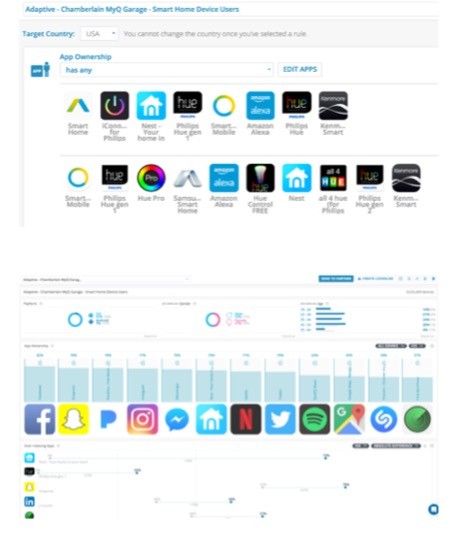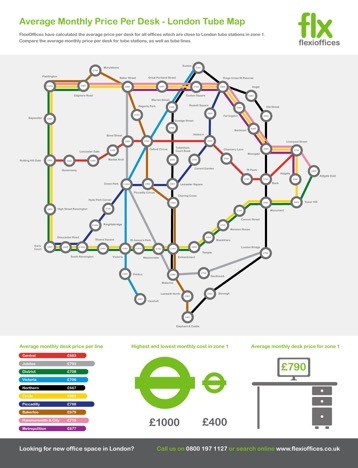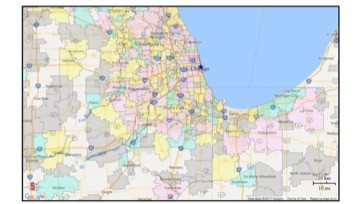Paid, Earned and Owned Data
This guest post was contributed by Sam Karow, Co-Founder of Adaptive Campaigns.
Data, like media, comes in three forms: paid, earned and owned
Data is close to my heart for a number of reasons. First, data enables marketers to invest dollars in intelligent, accountable, and predictable ways. Creating marketing investments that are so insightful, innovative and accountable that they can be seen as investments — and not expenses — is my passion and the focus of the first chapter of career as a media director.
Second, data is the missing link in developing optimal user ad experiences. (The Internet has user experience or U-X; ads need to be developed to optimize user ad experience or U-A-X). Creating real time, data-driven creative is what we do at Adaptive Campaigns, the platform I co-founded in 2014.
In my job, we talk a lot about data. And it occurred to me that like media, data can be categorized into paid, earned, and owned. Read on for an overview of each of the three kinds of data and how you can use these three forms of data to boost your marketing performance.
Paid Data
Paid data is the data you pay to use on a one-time basis. Paid data is third-party data. You want to talk to people at IBM who work in IT and are in-market for cloud-based security software? Bombora, for instance, has aggregated data on the account (IBM), topic (cloud-based security) data, which you can rent on a CPM basis.
Paid data varies a lot in quality and cost, based on its origin, its unique point of differentiation, and its freshness.
Origin: Is the source verifiable? Is the record tied to a postal address?
Unique point of differentiation: Is the provider the exclusive source for this kind of data?
Freshness: When was this data collected? How often is it refreshed?
The higher that score on these criteria, the more valuable the data.
Starter kit: Build and export an audience segment based on the apps those users have installed on their phone. Pushspring is an audience exchange that enables advertisers to customize audiences based on apps installed. This is helpful when targeting Checkout51or iBotta users with ads that have offers redeemable on those apps. It’s also useful when targeting smart home users based on users of the Nest app, as shown here.
Advanced move: Participate in a data-co-op, which allow marketers the ability to “give to get.” By sharing company data in an anonymous way, you can receive access to all other data being gathered and organized in the cooperative data exchange. For instance, IRI shares revenue with retailers who make theirs available in the data exchange — while also offering each provider a look at “rest of market,” a view of the category excluding their own brand.
End game: Make sure the incremental cost of renting third-party data is paying off with campaign performance in excess of the investment. For example, if third-party data made your media CPM increase from $4 to $7, make sure the strategy of using third-party data drives a cost per website visit (or whatever you are tracking as a KPI) is equal to or less than the strategy that does not include a third-party data segment purchase.
Owned Data
Owned data is the data a company obtains by nature of doing business. This kind of data is typically Customer Relationship Management data, such as the purchase history tied to app installs, email addresses, and postal addresses. Data collected from buying secondary research or performing primary research are other forms of owned data. For example, Flexioffices compiled the average office rent in London in displayed it using a London Tube map.
Owned data can be a company’s most valuable asset. Consider, for example, Dun and Bradstreet’s rapidly expanding its capability to sell its owned data about companies in their database.
Starter kit: You can analyze existing data to identify marketing strategies. For instance, you could summarize your sales by zip code and draw a heat map to visualize top zip codes to focus future marketing efforts.
Advanced move: Use LiveRamp to onboard CRM data and sync IDs and cookies with data providers to target your email list outside of their inbox.
End game: Just because the data is free doesn’t mean it doesn’t have value. Invest in growing, cleaning and appending owned data with additional inputs from third-party data suppliers to paint a complete picture of your customer segments.
Earned Data
The third type of data is earned data, also known as derived data. Earned data is the data you receive, or derive, when you invest digital marketing dollars. When you run ads to drive website traffic and then retarget visitors who do not convert, you’ve acquired earned data.
First you have the IDs, cookies, and IP addresses of the users who converted to a lead or a purchase. You can use this earned data to exclude or anti-target them from future first-time buyer marketing programs. You can build look-alike audiences by onboarding the segments. And you can create a segment of the non-converters to use for re-marketing.
Adding a retargeting tag to the ad itself allows advertisers to build audience pools of ad viewers and ad engagers. These audiences can be studied and placed in retargeting programs. My company, Adaptive, passes back user-level ad engagement data to B2B clients who use the information to improve their predictive model with the new variable of ad engagement.
A big source of earned data is the ad request. When an ad is served, the advertiser receives valuable information on the user, device type and location. This data can be used in real time to adapt creative. The Interactive Advertising Bureau’s Open RTB API spec shows a list of bid request parameters or objects.
Additionally, data can be stored and enhanced. For example, data on user location can be enhanced with Point of Interest data from Foursquare or xAd. Pass these companies lattitude/longitude information, and they will pass back store names.
Cellular carrier and device type information can inform an event marketer if the audience gathered at an event are users of the brand to thank or users of the competition to be served an offer to switch. I worked with Marketing Werks, an event marketing agency, to do this passive approach to data capture. I coined the phrase “Programmatic Experiential.” We used programmatic media to amplify and analyze event attendance, reducing reliance on street teams with tablets hounding consumers for email addresses. Instead, we built a process for capturing audiences to study and retarget using geo-fencing (reaching people while in a defined geography) and geo-farming (reaching people after entering a defined geography).
Earned data procurement and management is a growing area. For some marketers, the value of the audience data captured exceeds the value of the ad impression. And with an ad view being just as viable as a website visit for gathering earned data, it is a data set that can scale efficiently and quickly.
Starter kit: Choose a third-party ad server, and never again send a file for an ad to a publisher or media platform. Doing so is a sure way to cut yourself off of earned data. Instead, send a tagged ad. This is especially important for creative agencies. Insist on serving your content so you have:
- Direct access to how it is performing
- The ability to charge accordingly for highly-performing creative
- The ability to stay involved with the campaign during the activity and make changes to creative as needed.
Creative is still being developed in a mostly data-free environment. And let’s face it, the advent of programmatic media paved the way for more creative needs, not less. So embrace earned data and platforms to enable data-driven creative.
Advanced move: Use earned data to build subsegments — overlay ad engagement data to identify users who not only fit the bill for being potential buyer, but who also tend to engage in marketing programs.
End game: Earned data is free, fresh, private and proprietary to the advertiser. And earned data validates the effectiveness of the marketing investment and enables personalized and sequential messages from one experience to the next. Make earned data a key ingredient in your media and message strategy.
What achievements has your company made on gathering and using paid, owned and earned data? What barriers do you face, and how will you overcome them? Programmatic media is being used by more than 67 percent of marketers, Data Management Platforms by an estimated 20 percent, and data-driven creative by an estimated 5 percent. Where do you stand today and where will you be next April? Set some goals and dive in. The data ecosystem is warm, and the forecast for intelligent and agile marketing that creates meaningful and measurable consumer engagement is bright.
For even more insights from the greatest minds in B2B marketing, subscribe to the LinkedIn Marketing Solutions blog.







